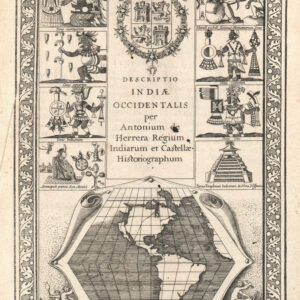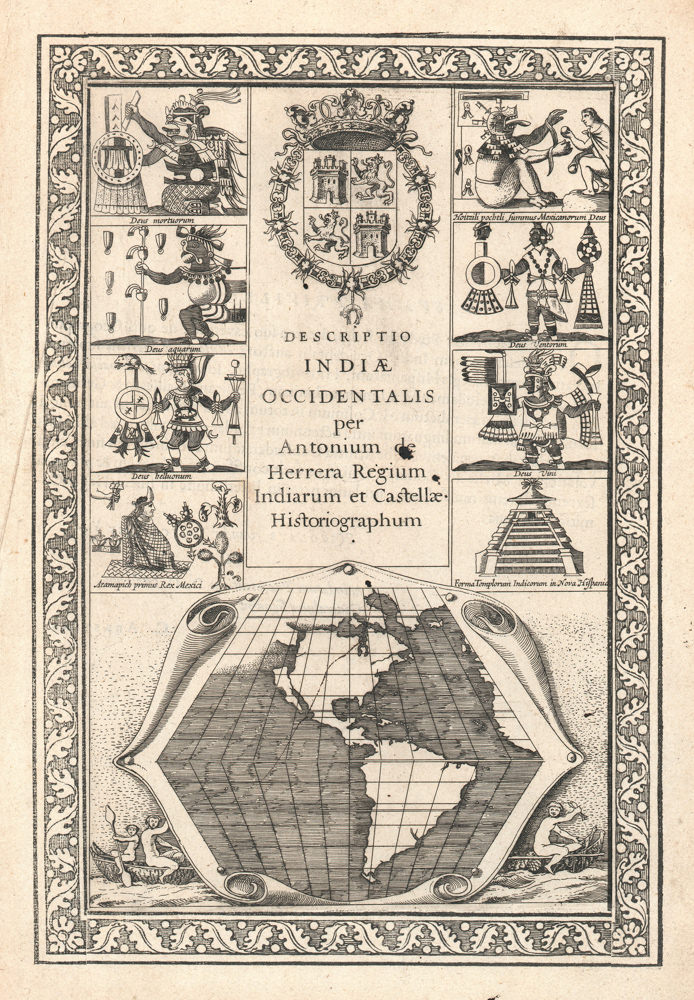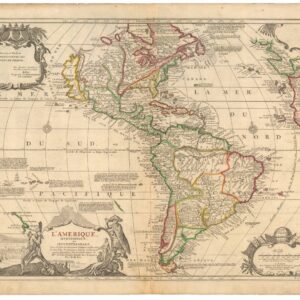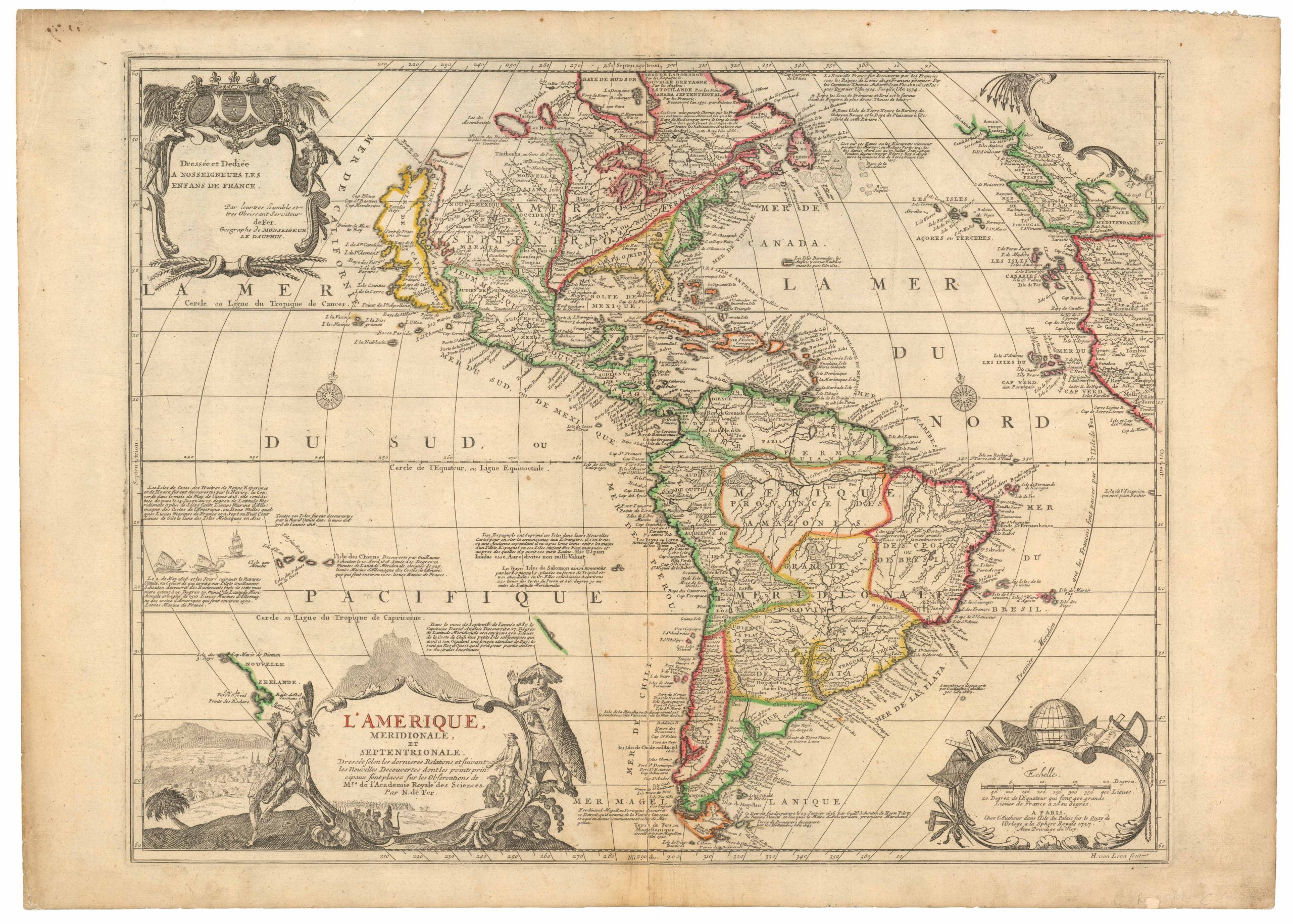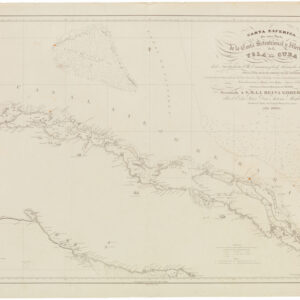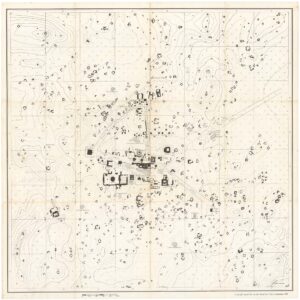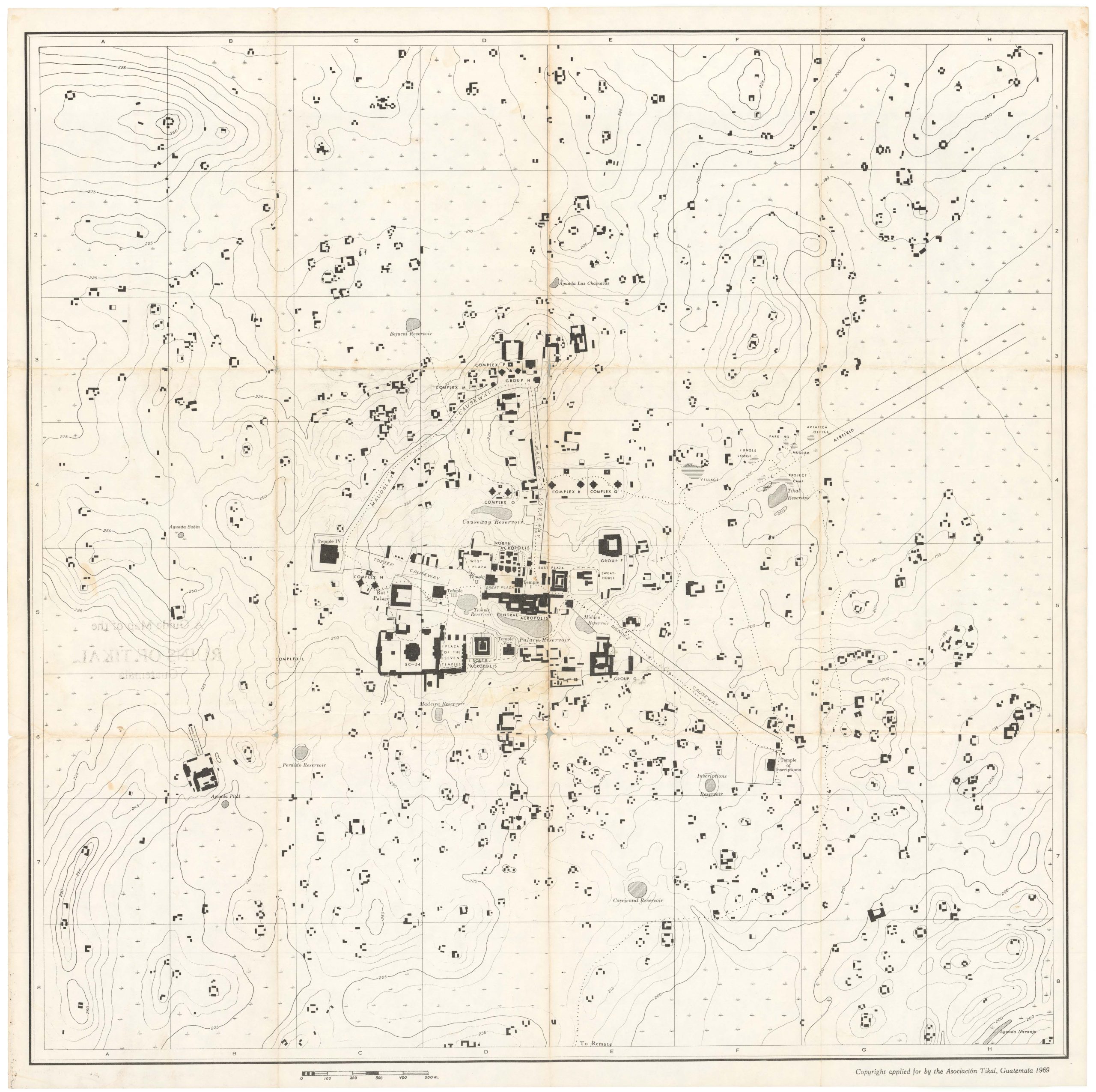Von Sydow’s geophysical wall map of North America.
Nord-Amerika.
$1,200
1 in stock
Description
A lovely 1840 lithographed wall map of North and Central America by Prussian military officer and cartographer Emil von Sydow, published by Justus Perthes in Gotha.
The North American continent is displayed in beautiful detail from the Polar region (well-defined but reflecting remnant uncertainties) down to the northern part of South America. Eschewing national borders, von Sydow highlights mountains, rivers, and other natural features. Many cities are subtly noted with abbreviations (N.Y. for New York, M.X. for Mexico City, and so on). As explorations of the western part of North America were still ongoing, von Sydow records several rivers in Alta California, including those flowing into the San Francisco Bay, as tentative by employing dashed lines. Swooping lines corresponding to letters in the margins almost certainly correspond to climatological information, such as isothermal lines, information on mean temperatures by season, and precipitation.
This map was prepared by Emil von Sydow, edited by J. L. Uckermann, and printed (lithographed) by Justus Perthes in Gotha in 1840. It appears to have been printed in multiple editions (OCLC 54849003, 58528139, 1003294161). However, this edition is early, very likely the first, and also especially rare. We locate no other examples in the OCLC or on the market.
Cartographer(s):
Condition Description
Dissected and laid on linen. Some toning of linen between dissected portions. Light foxing. Sporadic creasing.
References
